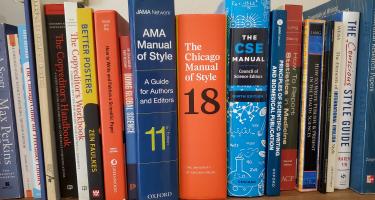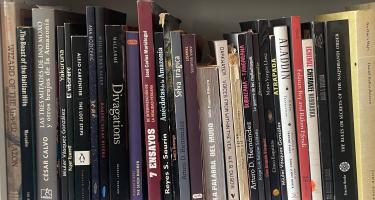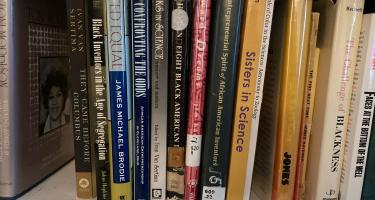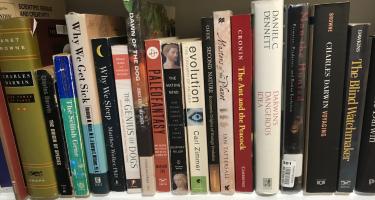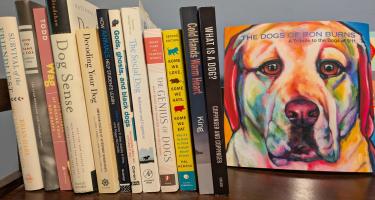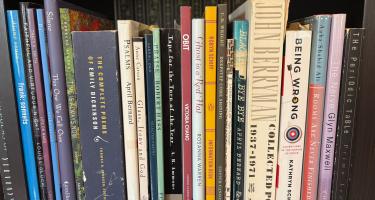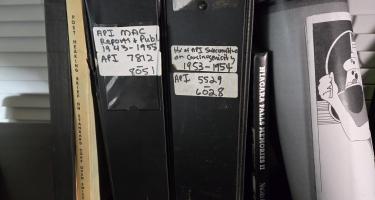
Jim Morris—The Cancer Factory: Industrial Chemicals, Corporate Deception, and the Hidden Deaths of American Workers
Cancer and other work-related illnesses take 120,000 lives in the U.S. annually, Jim Morris writes in The Cancer Factory: Industrial Chemicals, Corporate Deception, and the Hidden Deaths of American Workers, NASW’s 2025 Science in Society Book Award winner. Workers are mostly on their own, he says. Workplace safety varies. OSHA’s ineffectual. Physicians often fail to ask patients what work they do.
